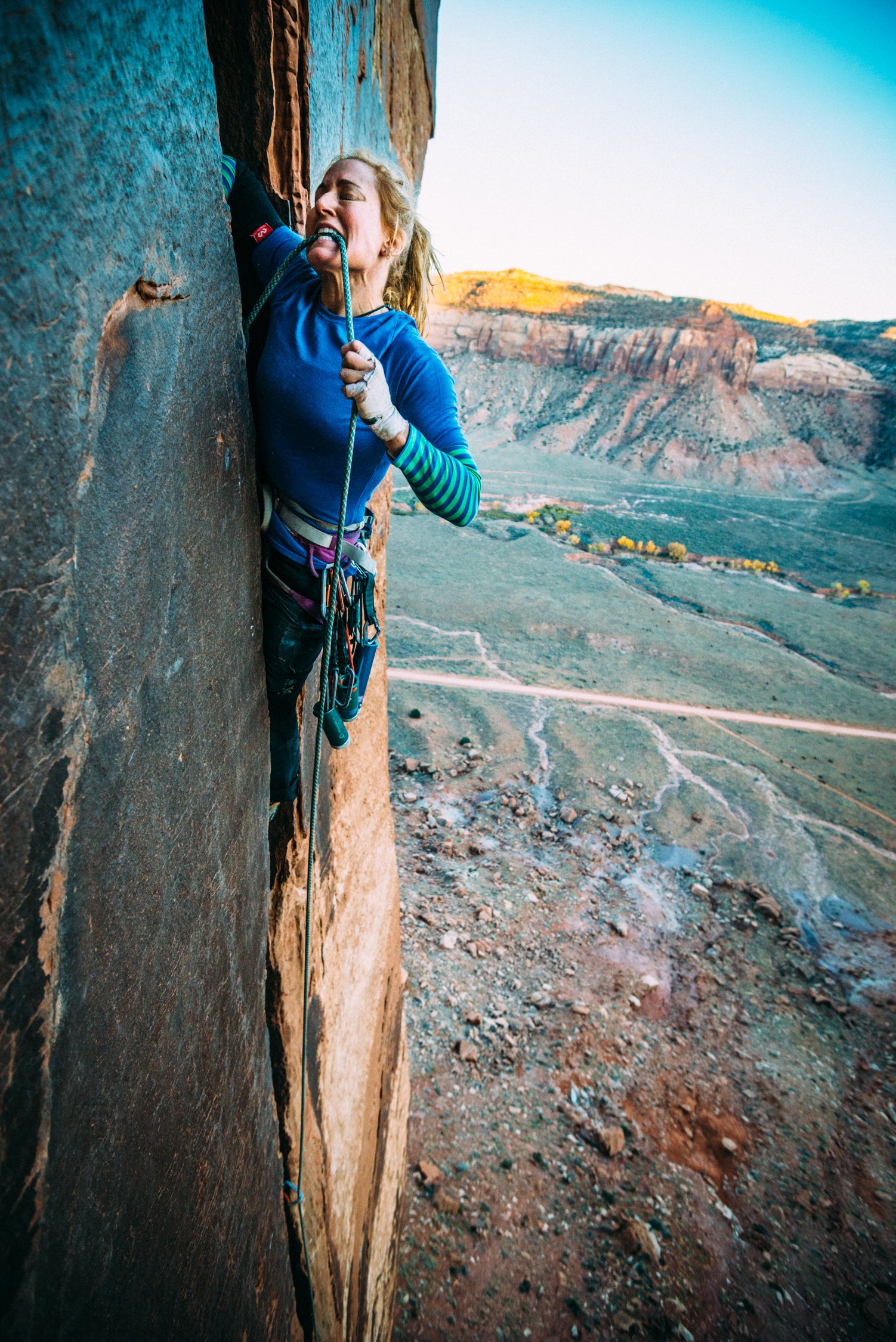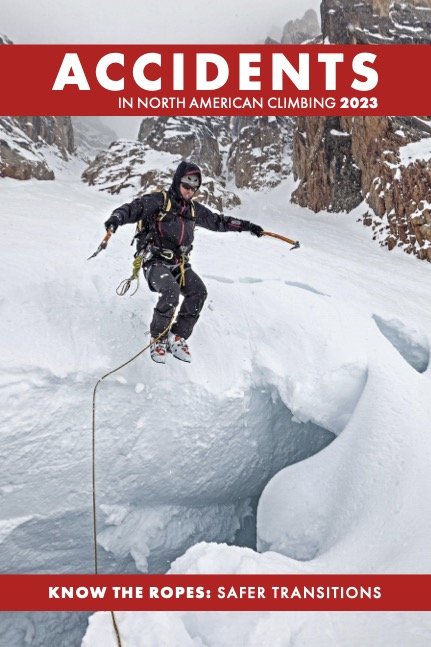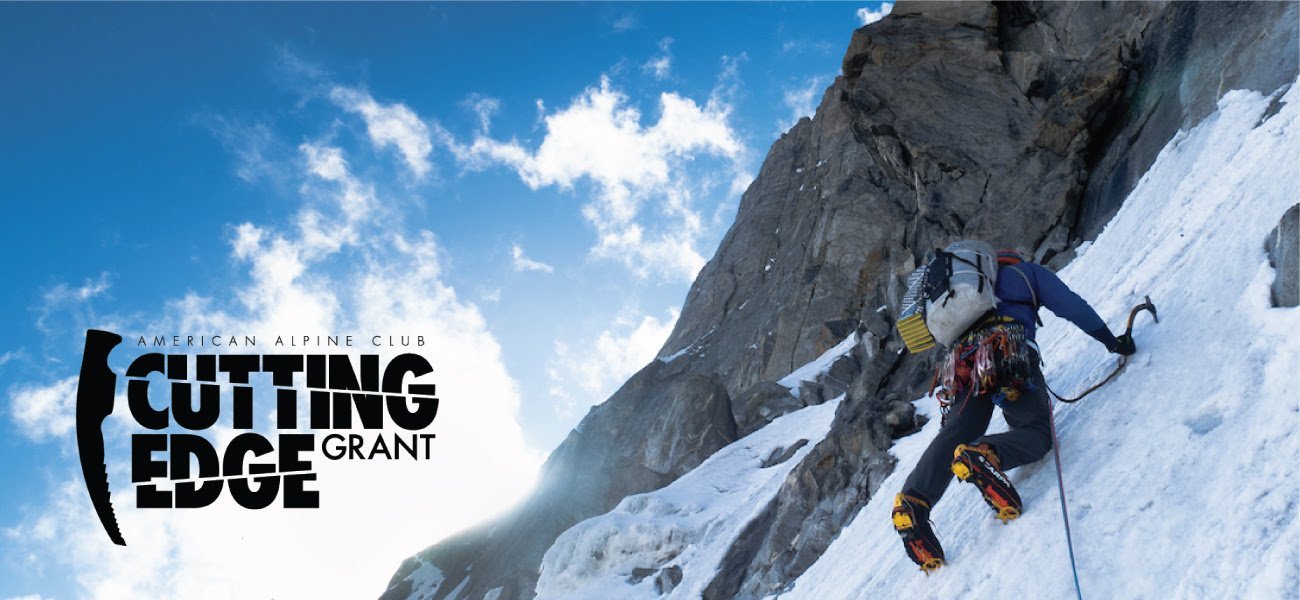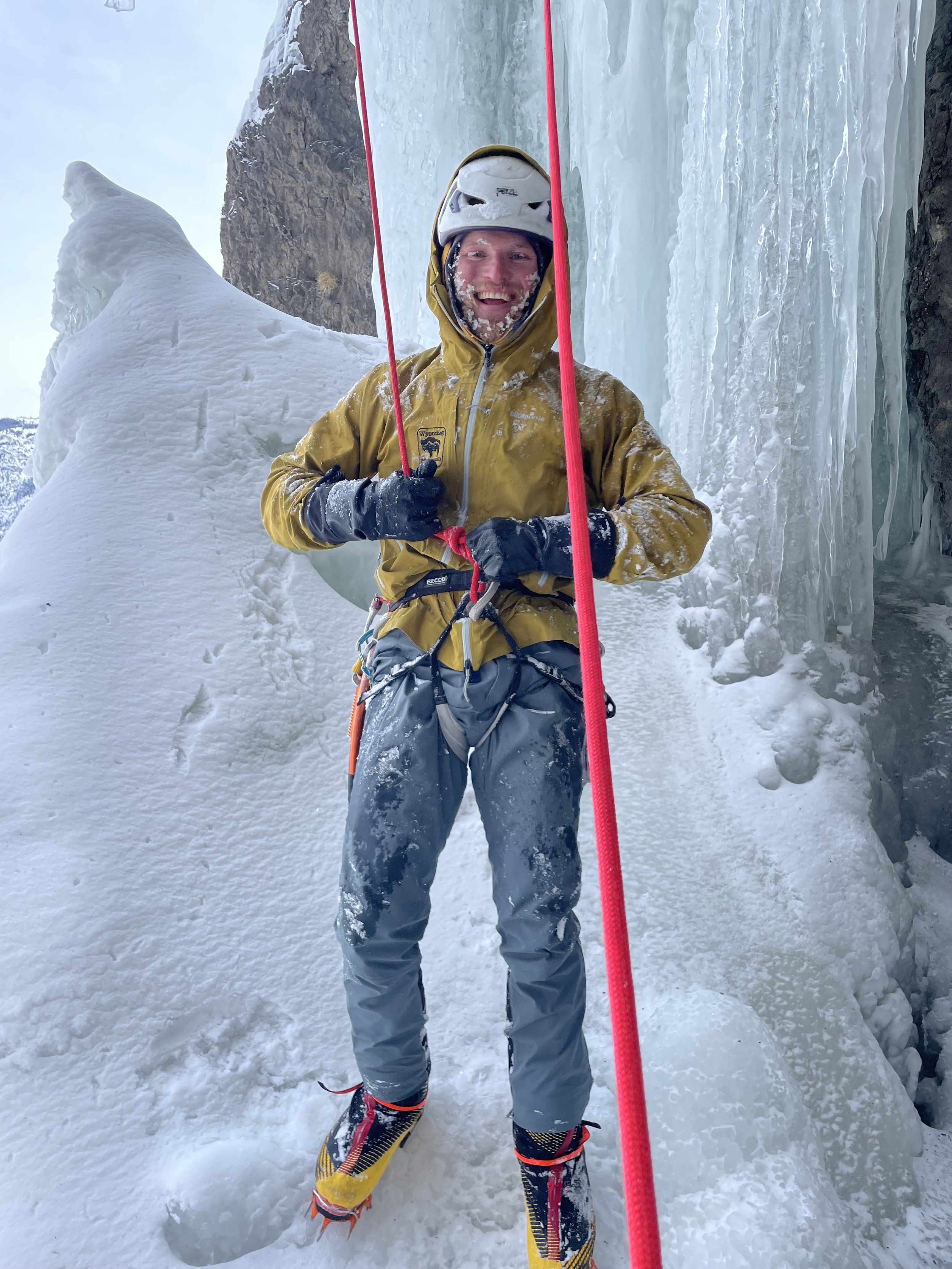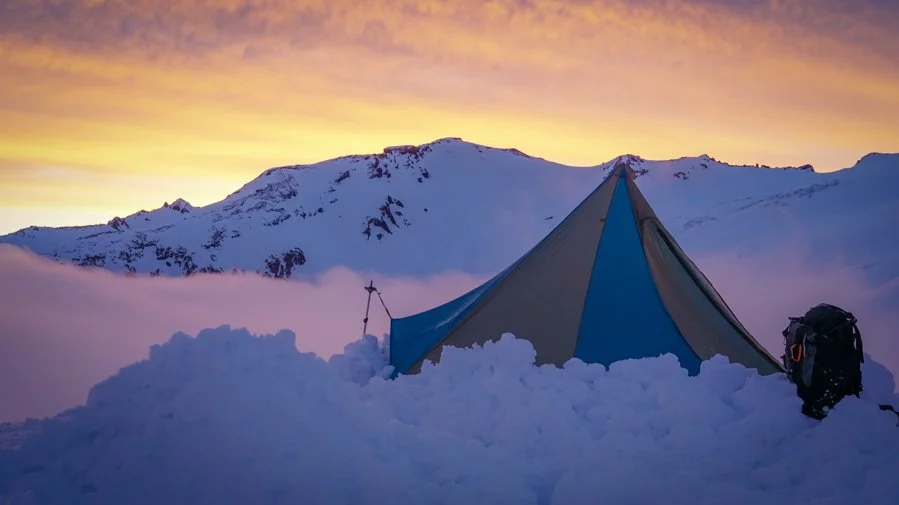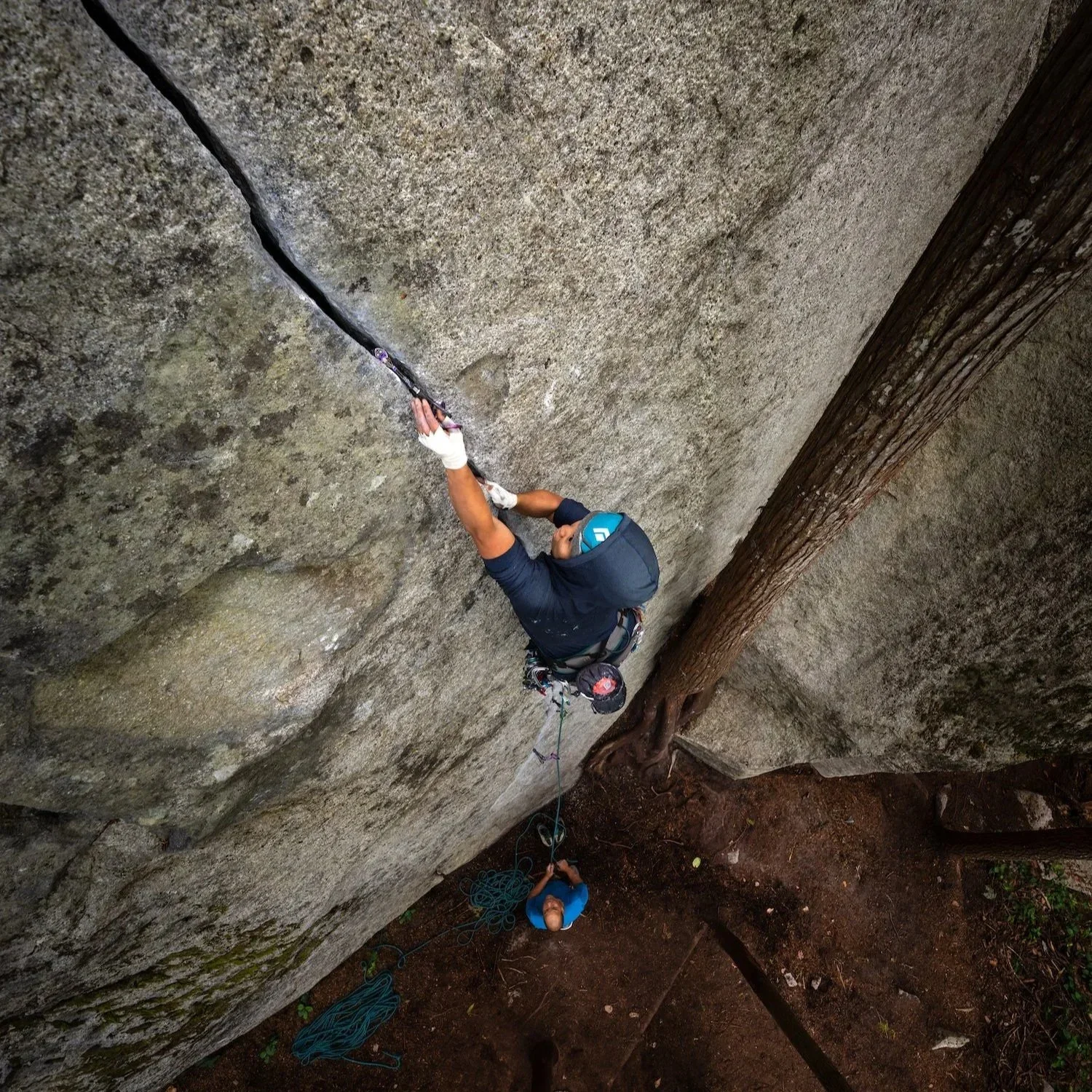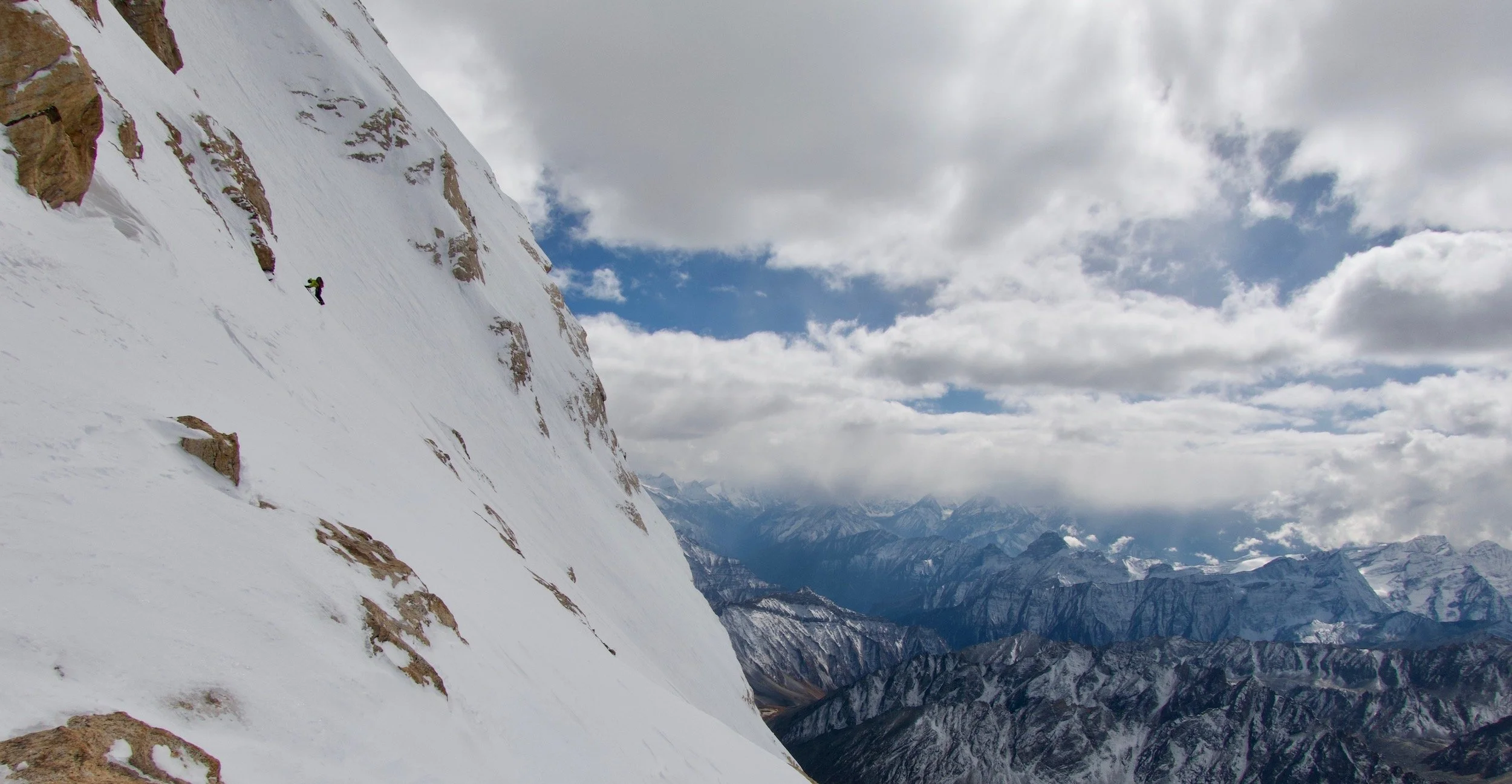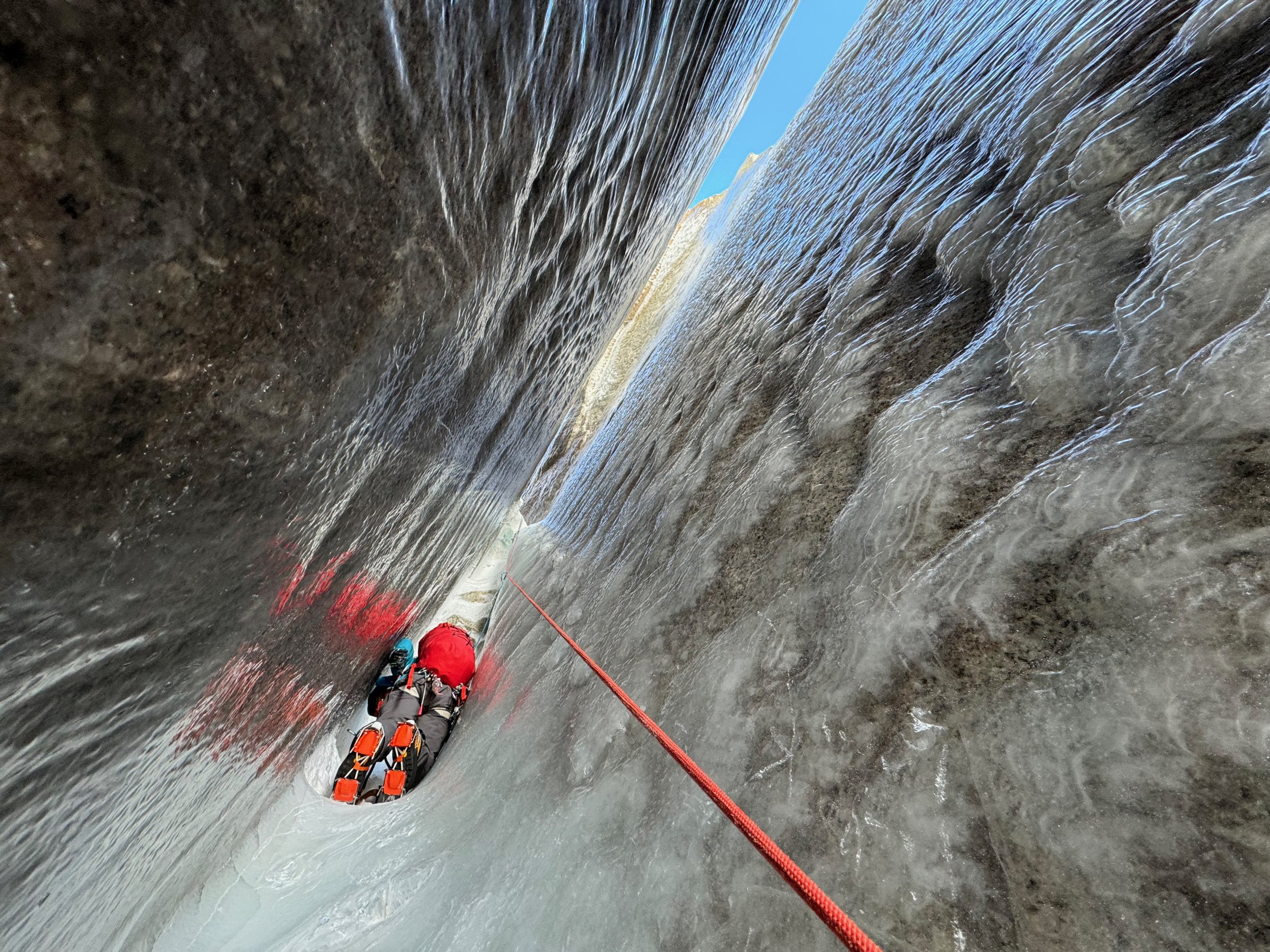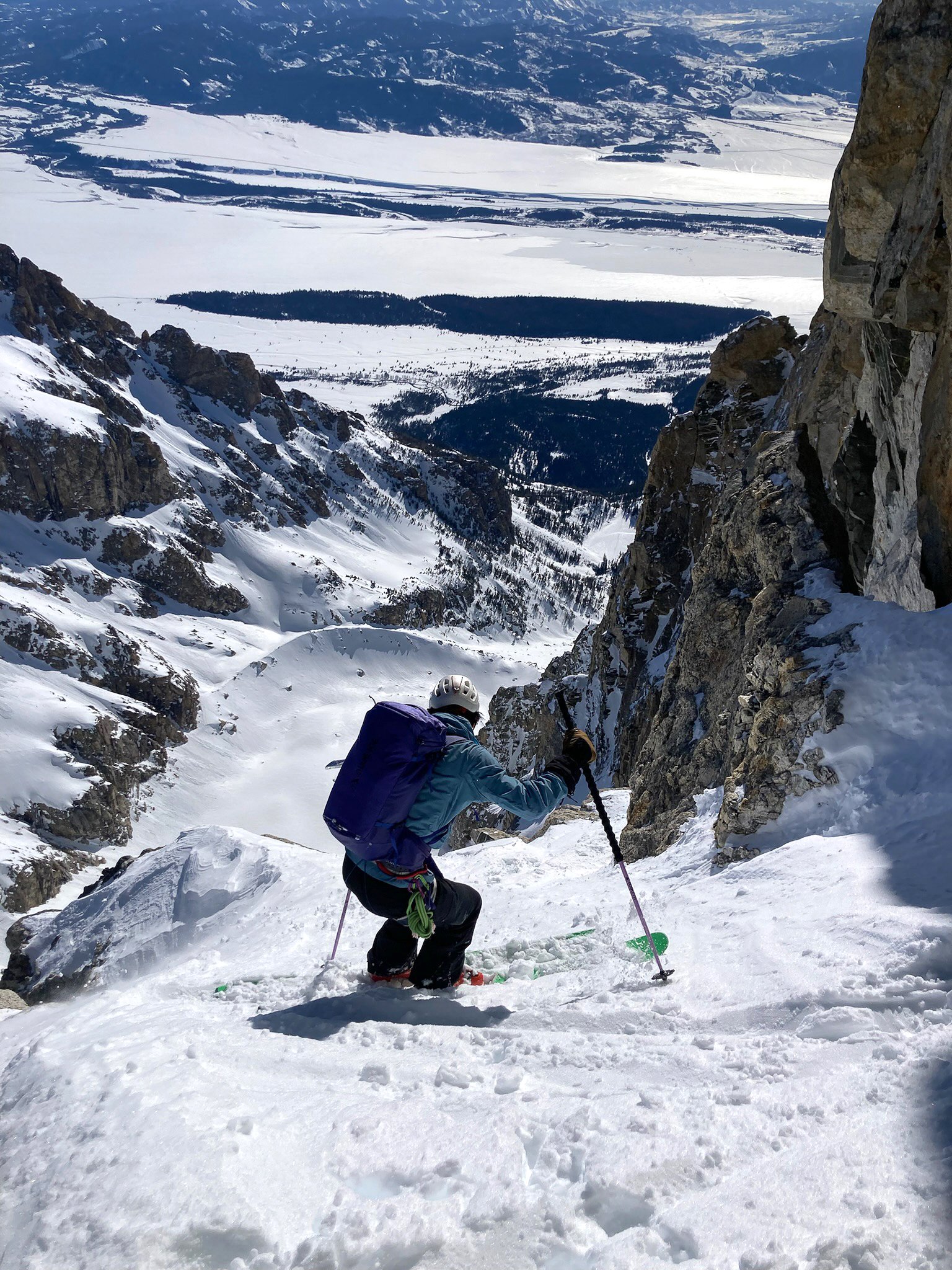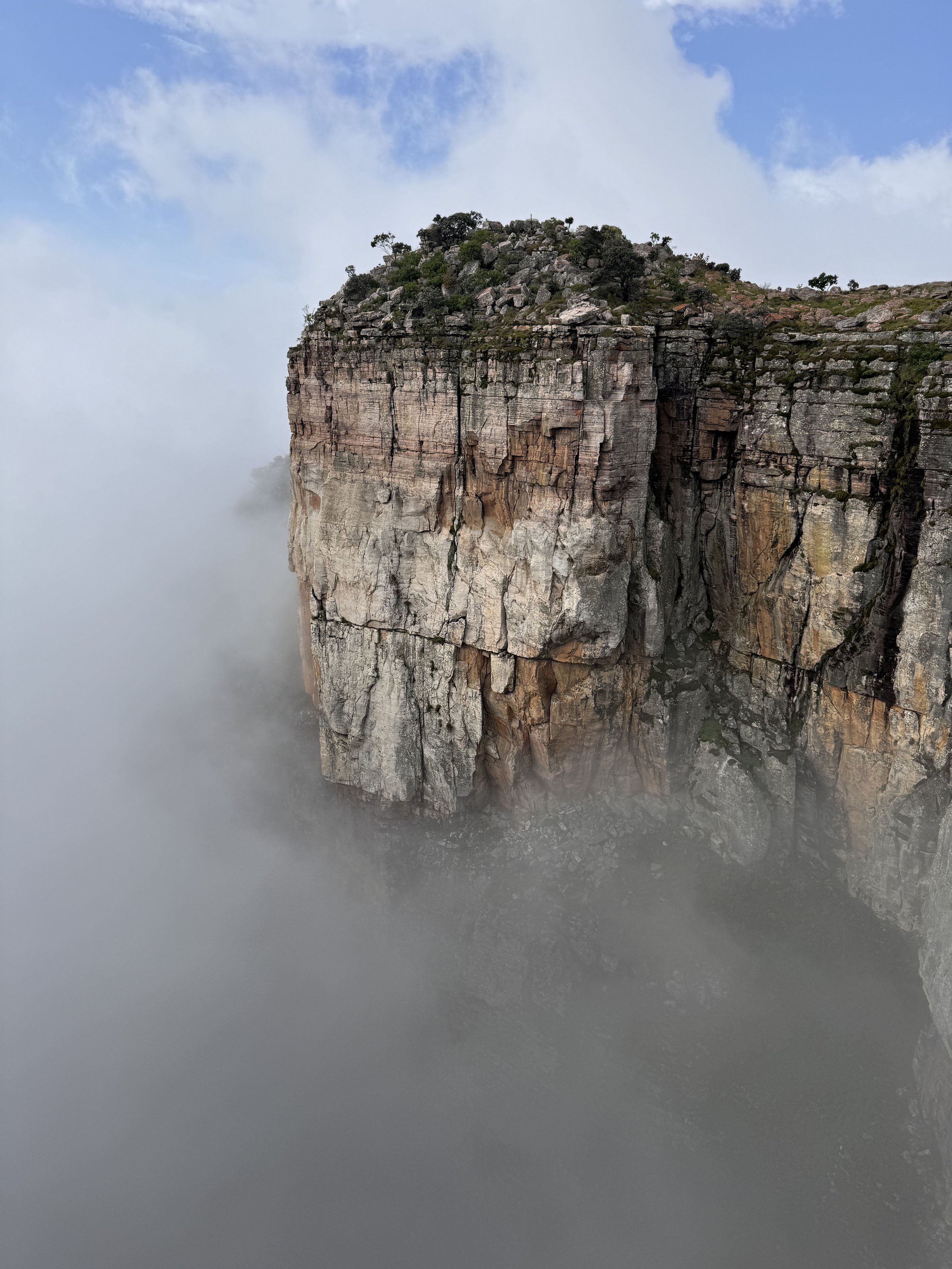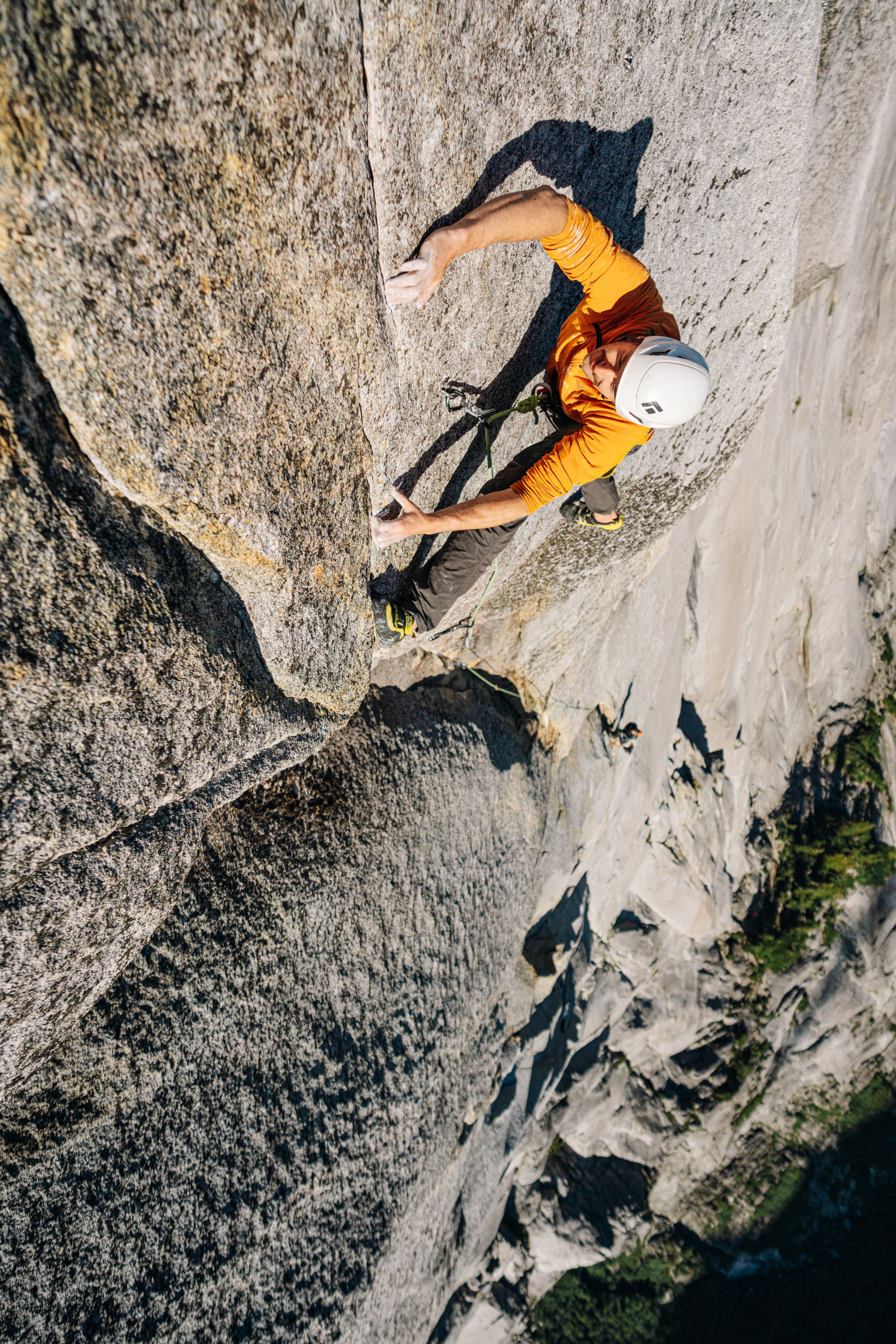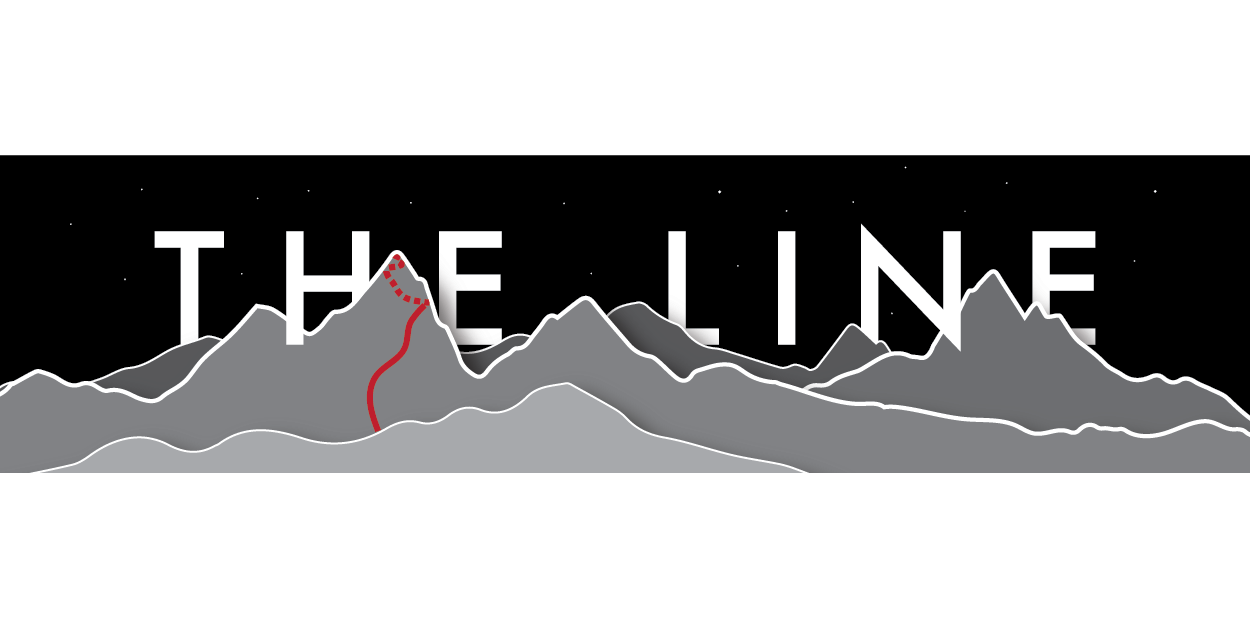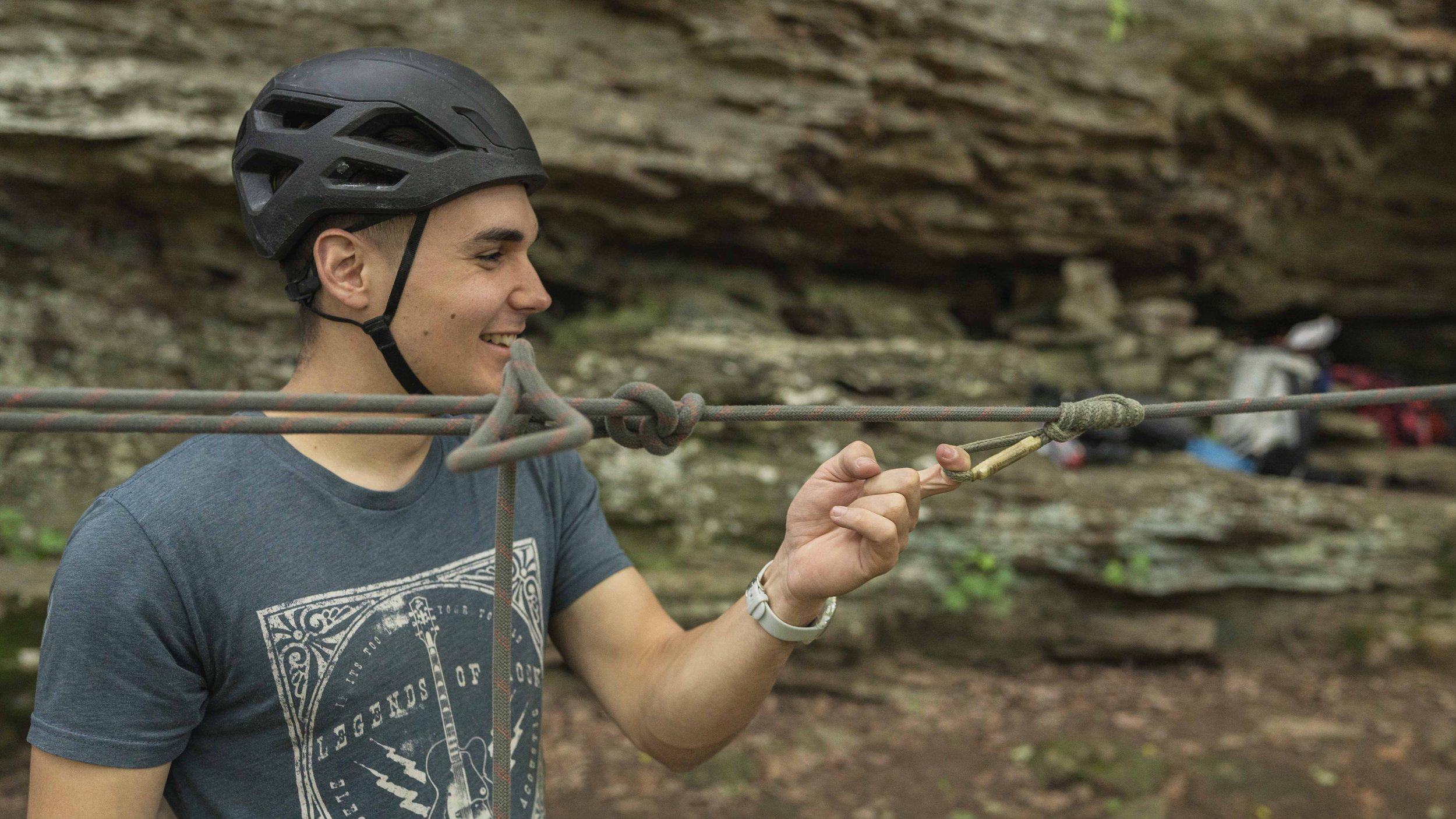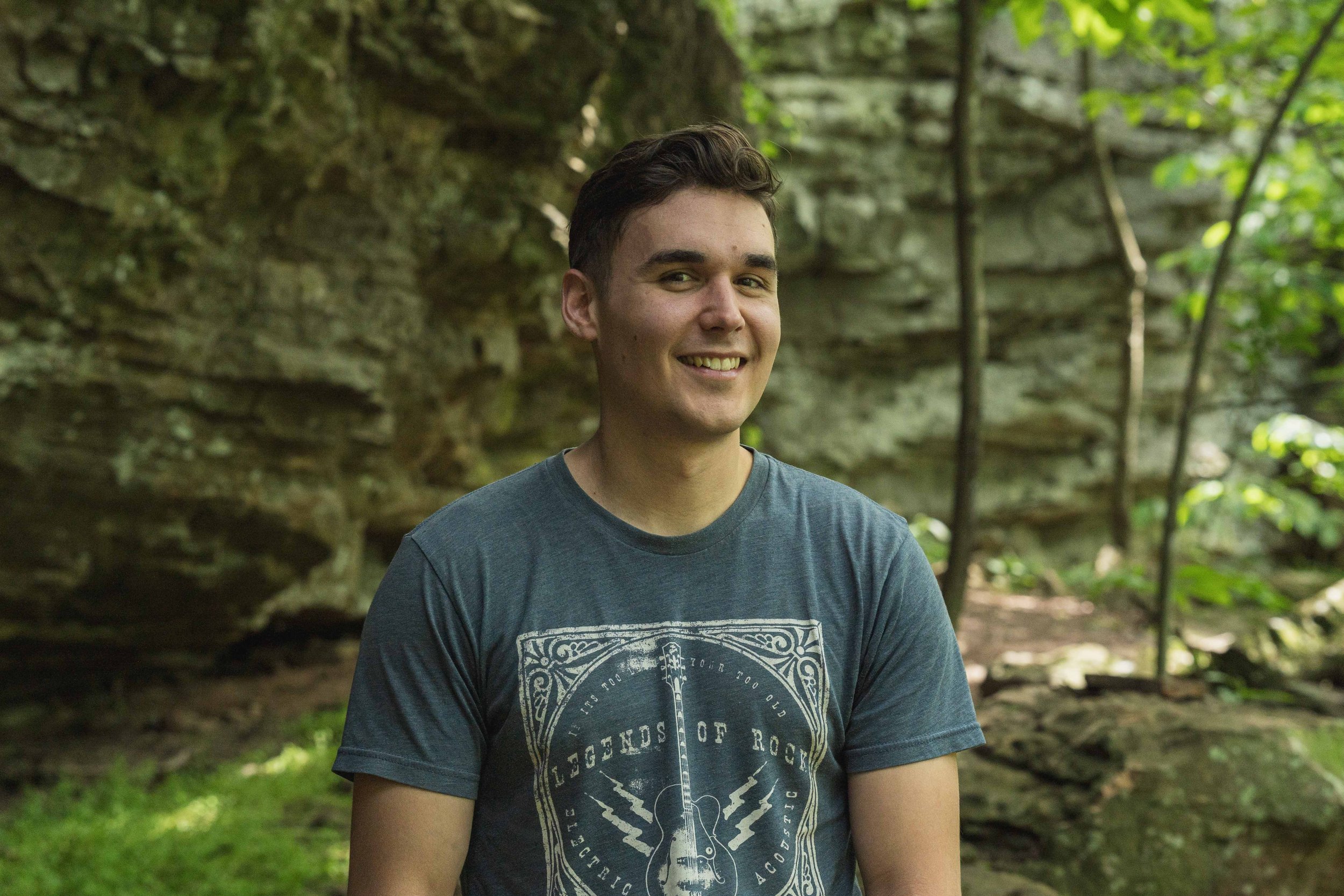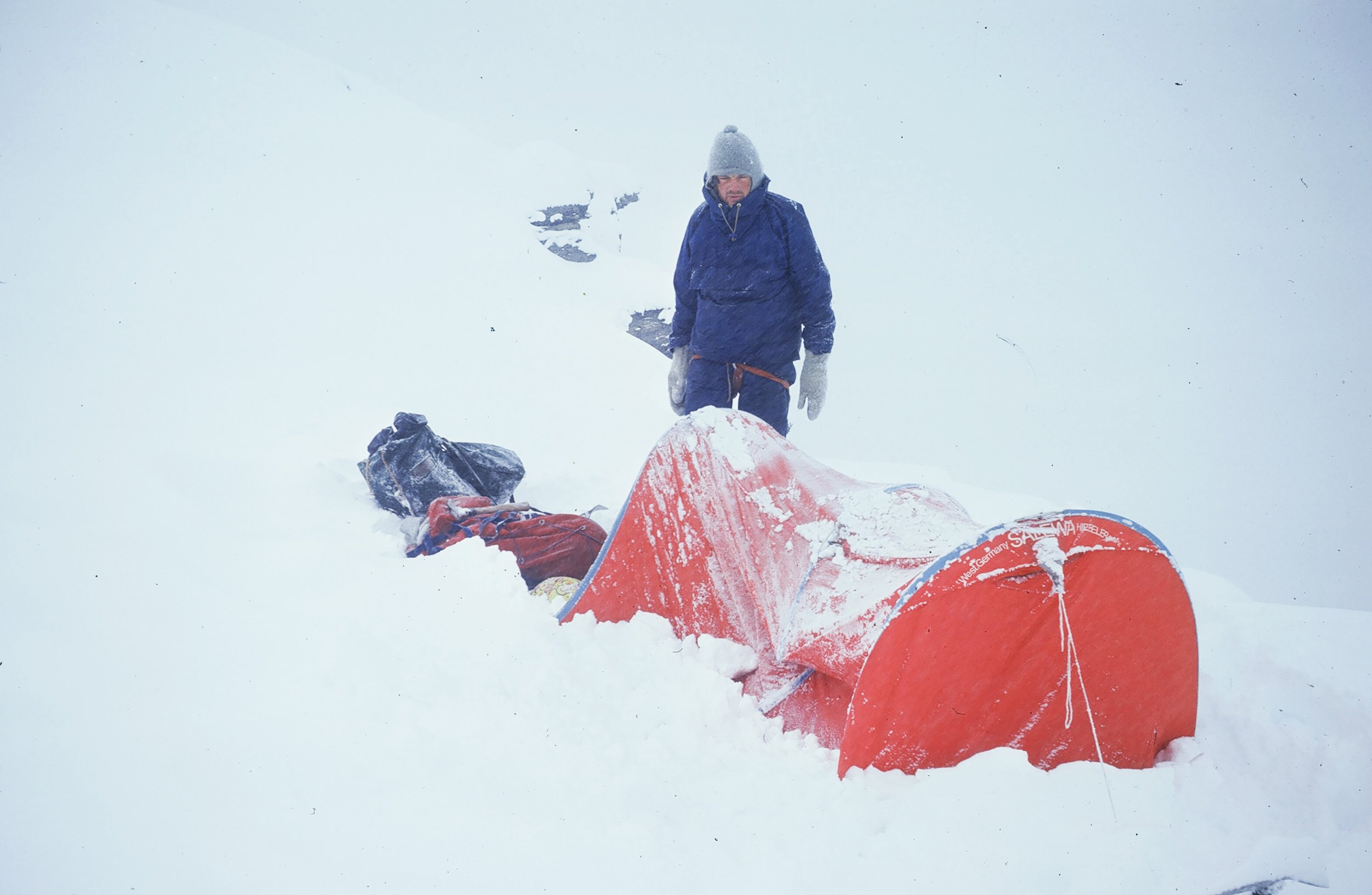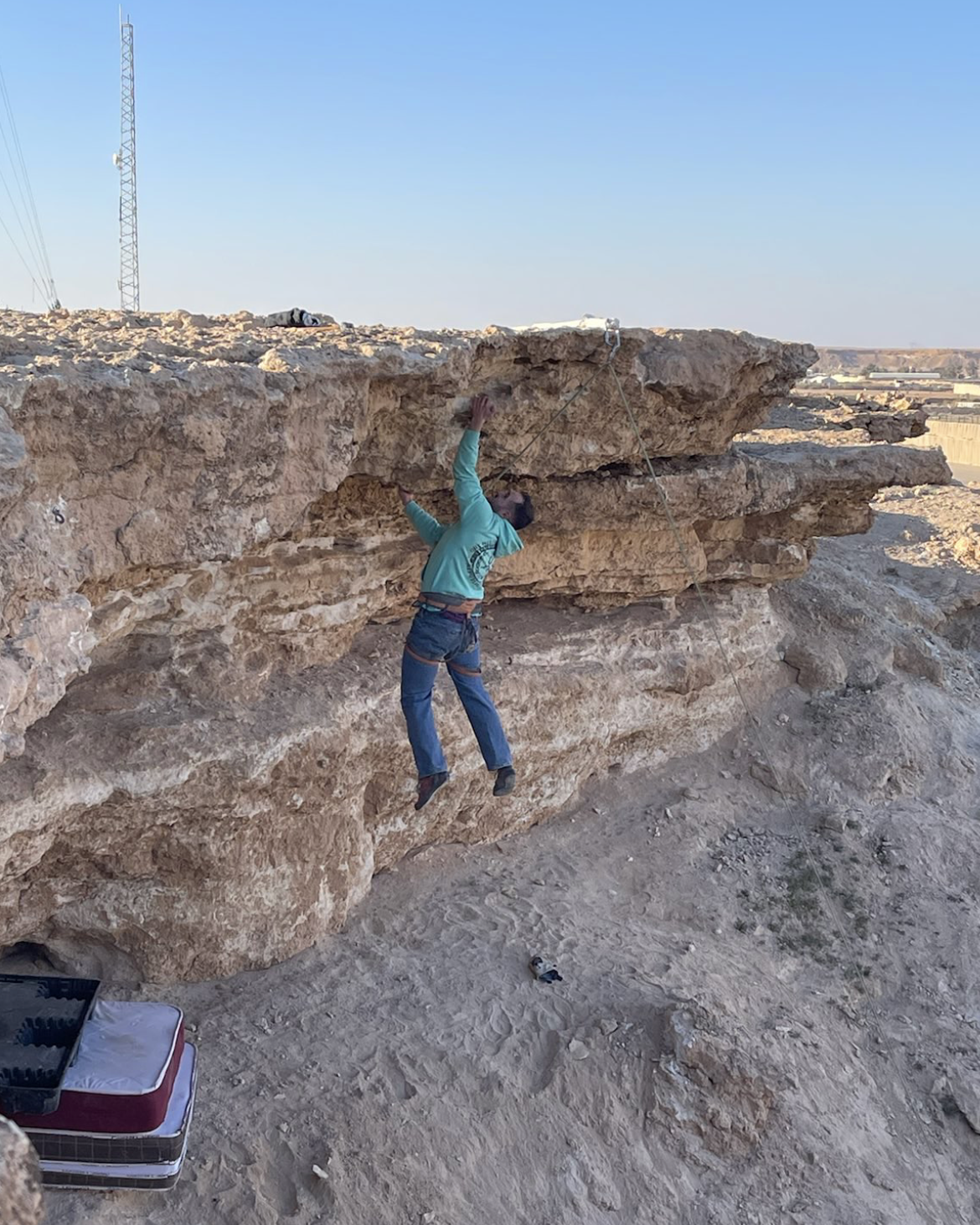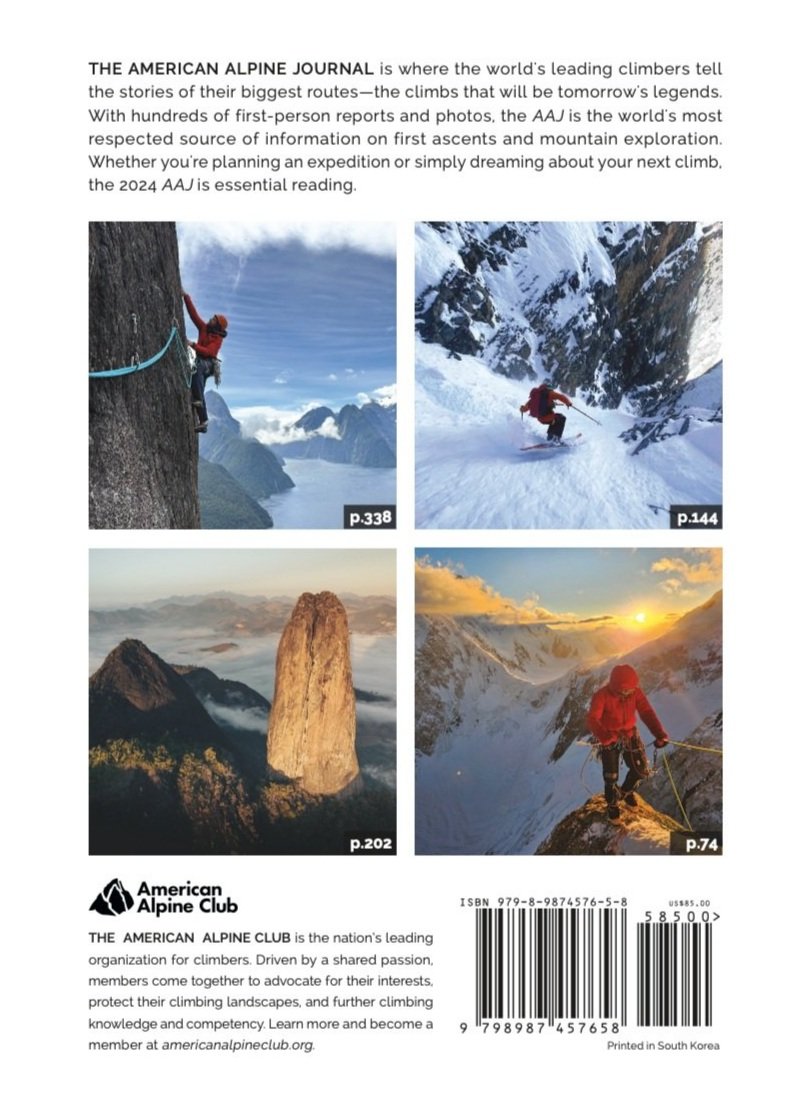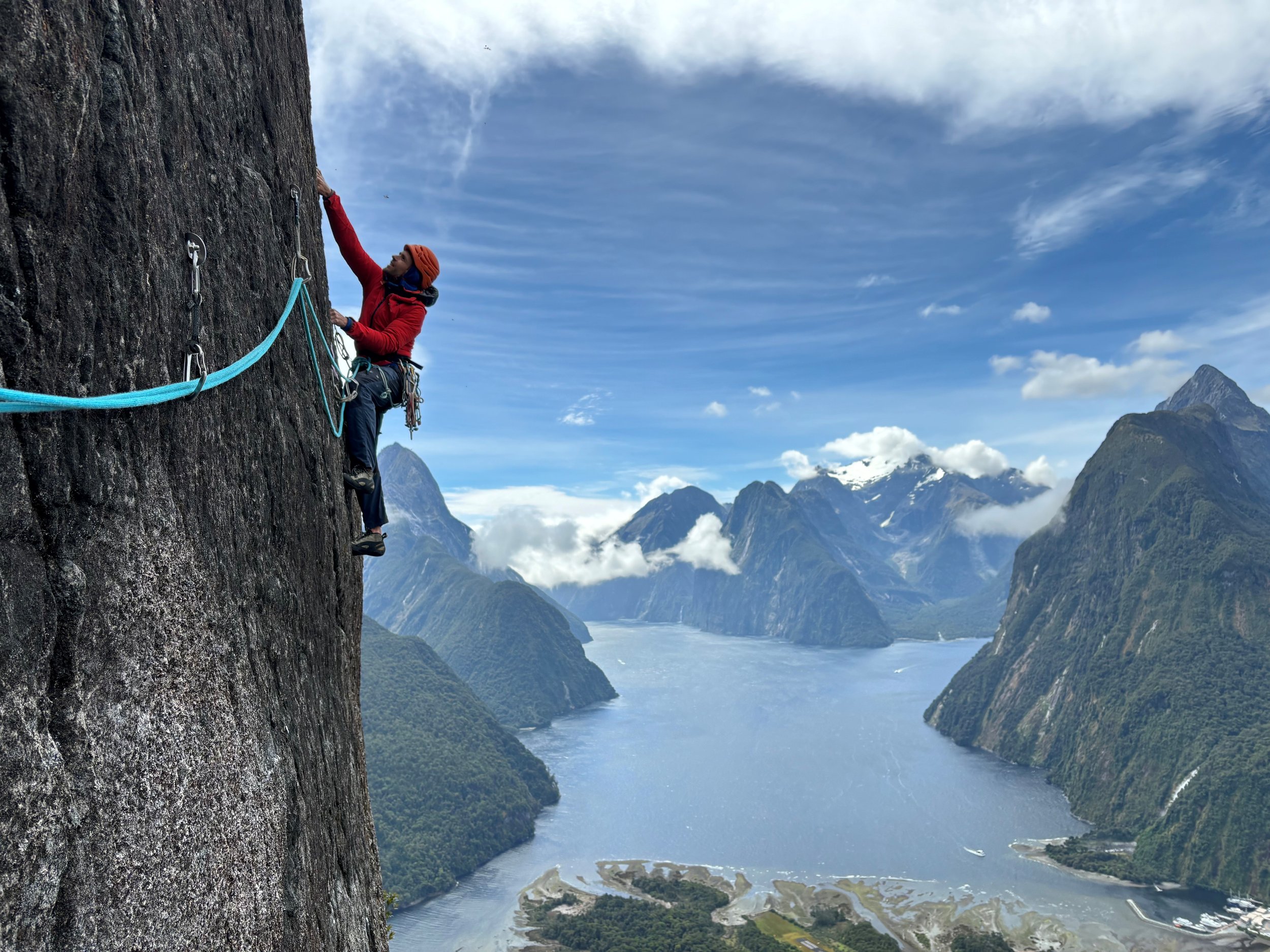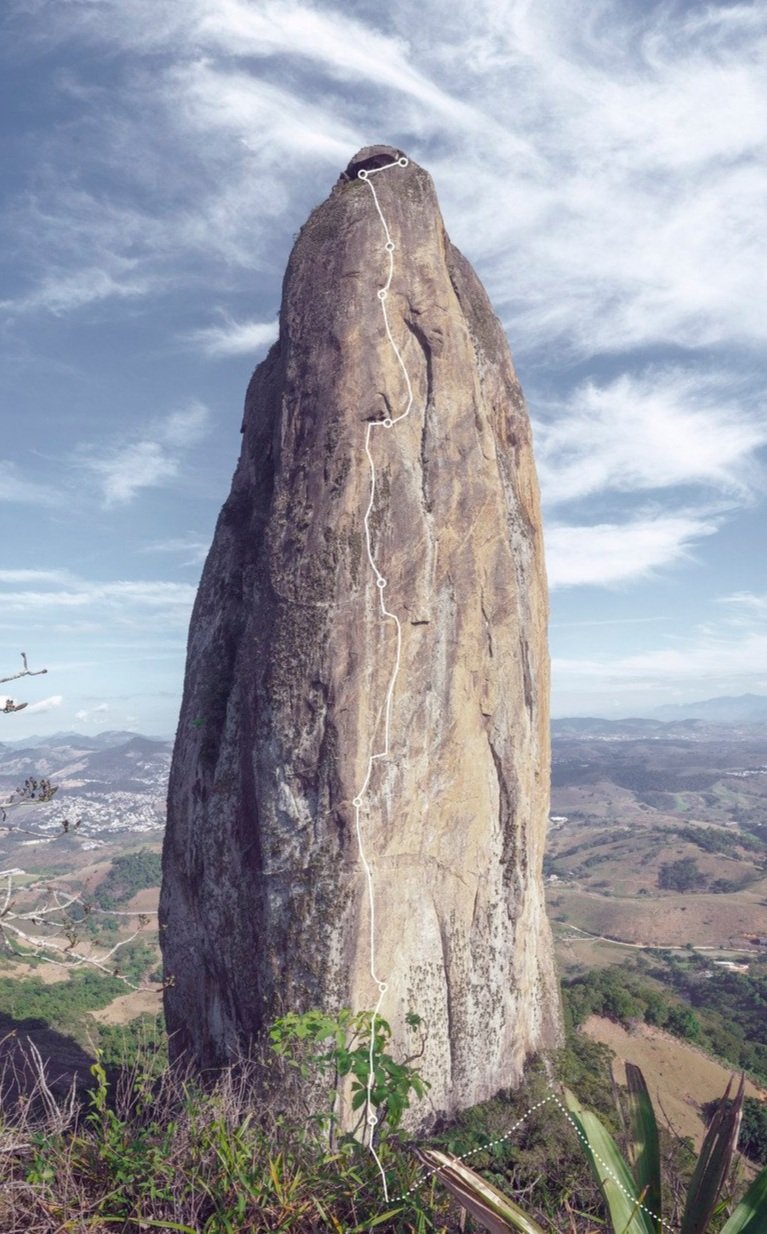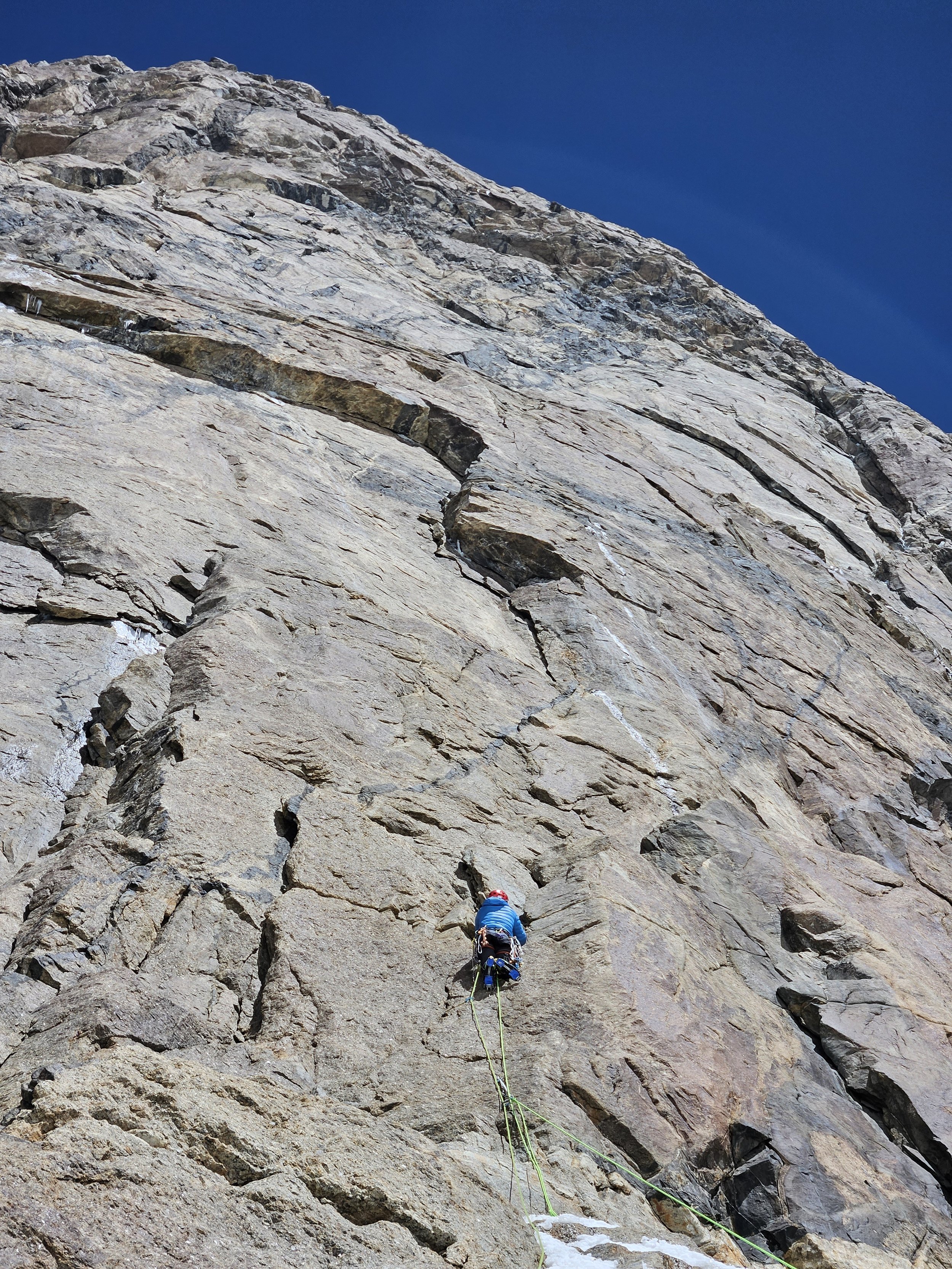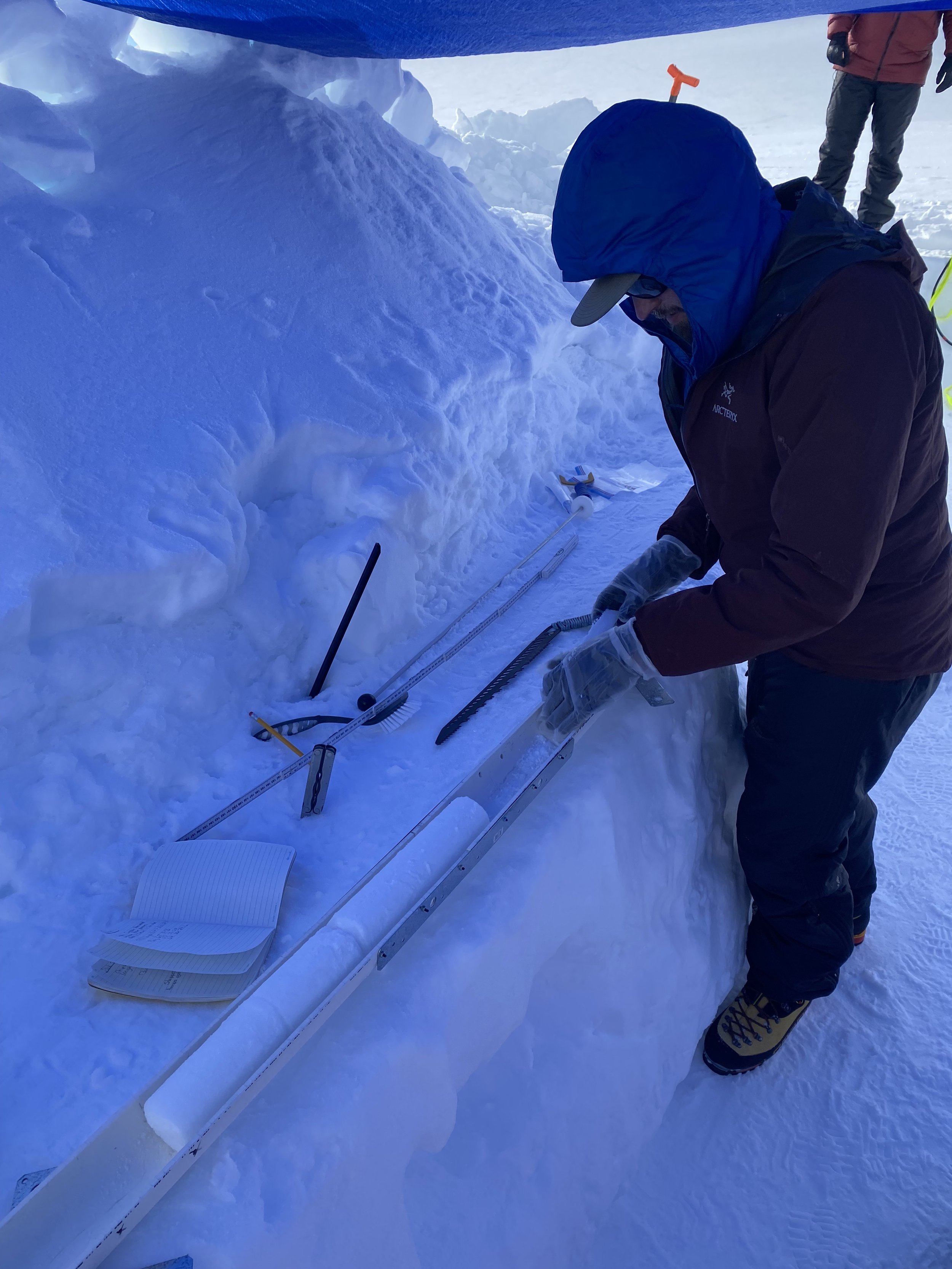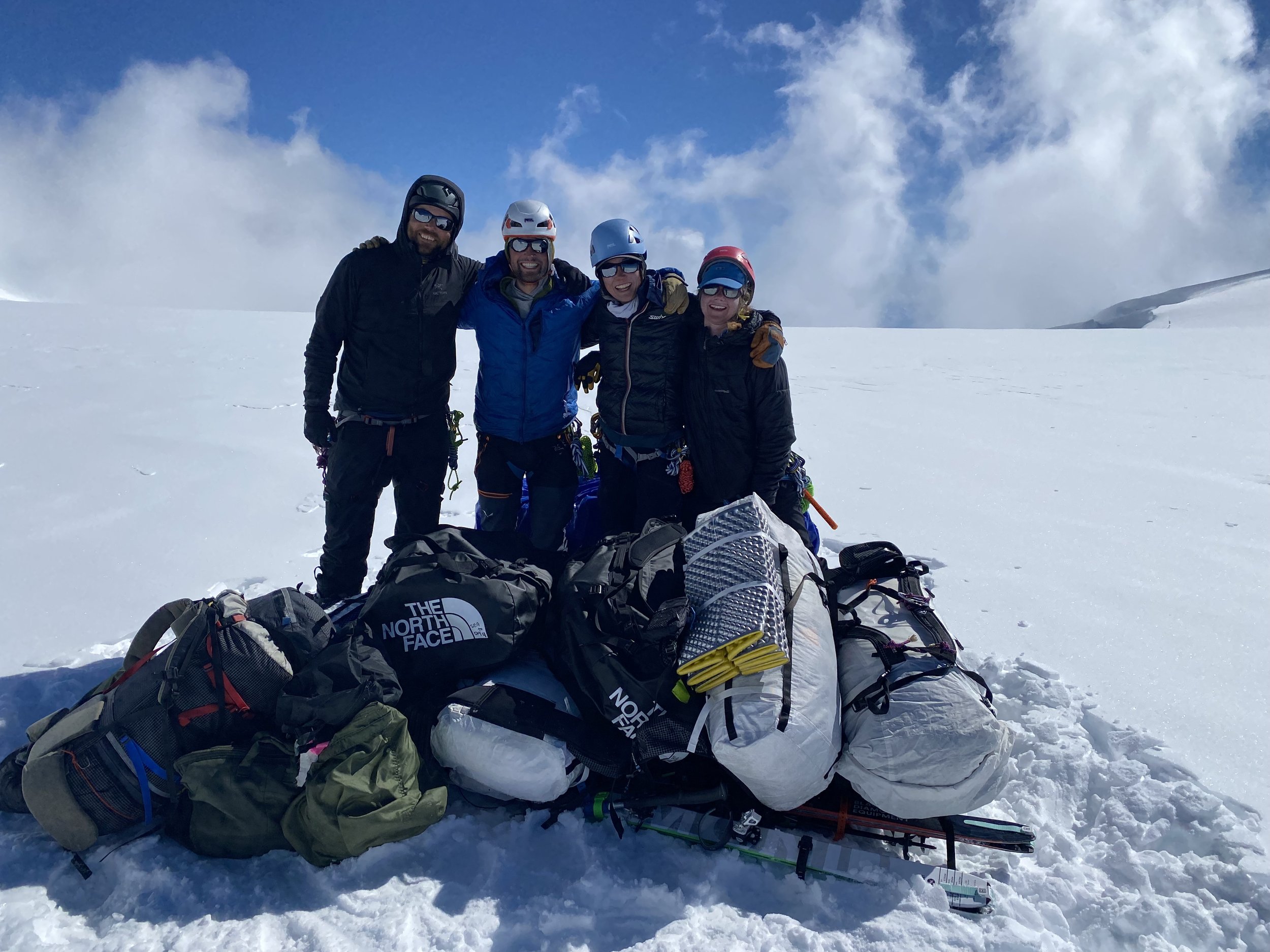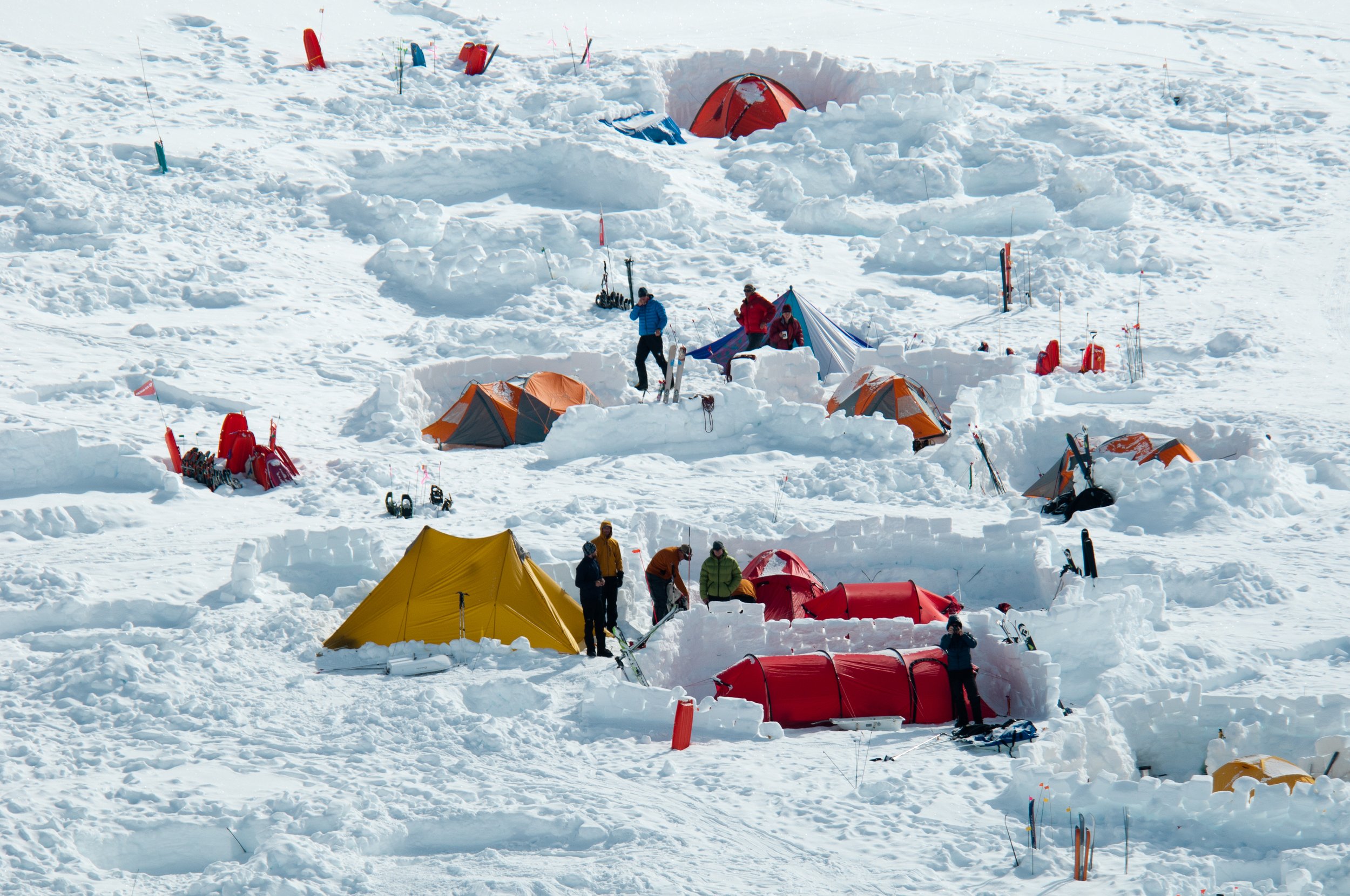B. Zones. Alternative E proposes the management of recreation through a zoned approach, designating four zones consisting of Front Country, Passage, Outback, and Remote [5]. This zoned approach would largely remove existing recreation management designations (such as Recreation Management Zones (RMZ) and Special Recreation Management Areas). The Indian Creek area, as an area of primary interest to the climbing community, would be largely located in the Outback and Remote Zones [6]. Indian Creek is currently designated as a Special Recreation Management Area (SRMA), and subject to the regulations associated with that SRMA [7] such as dispersed camping regulations, regulations regarding interaction with archeological sites, wild species avoidance guidance, trail usage regulations, and more.
The novel zone designations as written and applied to the zoning proposed for Indian Creek are unnecessarily restrictive and do not allow for future management flexibility. In Remote Zones no “new sites/facilities/trails would be developed”[8] and in Outback Zones no “new sites/facilities would be developed”[9] except for the possibility of “minor recreation facilities such as trails, trailhead markers, and informational kiosks” [10] when deemed “necessary.” These in toto exclusions do not provide land managers with the flexibility for future management concerns, which are easily accounted for in the existing SRMA and can be tailored in future SRMA or RMZ designations. We recommend utilizing a hybrid zone/designation system such as that utilized in the 2020 Grand Staircase-Escalante National Monument Management Plan [11] which allows for the development of SRMAs and RMZs that are more tailored within any zone, or sub-component of a zone, to address the specific management concerns of that zone and accounting for BEC collaboration in that decision-making process. The SRMAs and/or RMZs would be managed in accordance with the distinct recreation-tourism market for which they were created and in conjunction with the BEC.
C. Permitting. The proposal to develop a Monument permit system that would require a permit for all “private overnight and day use in all canyons”[12] is a dramatic departure from current practices. If the intent is to simply account for the general number and whereabouts of visitors on a no-cost basis then the AAC supports that proposition provided it has varying methods of registration accommodating various ability levels (i.e., in-person, web-based, etc). If the recommendation is for a permit fee structure, we would request an opportunity to see the specific proposed permit fees prior to making recommendations on a permitting plan. However, we do generally support increased management of the resources at BENM and understand permitting may be a requisite component of efficient management of the resources.
D. Approval Process for New Routes. The AAC appreciates the agencies. recognizing that the climbing in BENM located in and around Indian Creek is “world famous”[13] and important to the local recreation economy [14]. The climbing activity specific management proposal [15] is of particular interest to our membership and impacts climbers worldwide. We support the recommendation that, “replacement of existing bolts, anchors, and fixed gear would be allowed on existing climbing and canyoneering routes as needed for safety reasons without prior authorization”[16]. In regard to the approval of new routes which require fixed anchors we recommend that, where appropriate, the agencies in collaboration with the BEC and delegated climbing organizations/representatives consider programmatic approval of routes for specific zones when considering the overall new route approval process. We also recommend that an interim process of route approval be developed prior to implementation in order to ensure that new routes can be considered by land managers and the BEC while the new process is under consideration, avoiding a de facto moratorium on new route development. For both the interim and final climbing management plans we recommend that local climbers and climbing organizations be engaged in the process for substantive input to inform those plans.
E. Closures. The draft plan states that, “Existing access points, trails, and climbing routes that are consistent with the protection of BENM objects would remain available for use. If site-specific impacts exist, climbing routes can be closed and access trails and staging areas may be closed or rerouted”[17] and that, “Climbing closures would be identified in accordance with applicable law” [18]. The AAC asks for clarification on what criteria would be utilized in the determination of “consistent with the protection of BENM” as well as the criteria that would be utilized to determine “impact.” We understand that the criteria could be dependent upon whether the closure is aimed to protect an ecological/biological resource such as raptors, or a cultural resource such as an archaeological site. We also seek clarification of the factors or criteria to be considered for determining a “resource rest” is appropriate to justify a closure, as well as how the length of time for a resource rest would be calculated.
F. Commercial Filming. Under Alternative E no commercial filming would be allowed [19]. We believe that a wholesale prohibition to commercial filming on BENM could be a missed opportunity to promote the cultural, biological, and ecological relevance of the Monument, as well as amplifying best-practices through the media arts. The agencies should consider reviewing commercial project proposals in conjunction with the BEC through the existing film permitting system [20] and consider those that may enhance and/or promote the image of BENM.
III. Conclusion
The American Alpine Club values this opportunity to represent over 26,000 members, and the collective climbing community, on the future of climbing management in the Bears Ears National Monument. In summary, the AAC would like to reiterate our strong support of this historic tribal co-management opportunity through the BEC. We ask that consideration be given to preserving the current SRMA in Indian Creek, or future SRMAs/RMZs, in order to remain flexible for current and future recreation needs. We seek clarification on matters concerning permitting and fees, new climbing route approval processes, and criteria for area closure and rest periods. Additionally, we ask that consideration be given to the outright prohibition of commercial filming on the Monument.
The AAC will remain committed to instilling the ethos of utilizing the best low-impact climbing techniques and practices, and staunchly supporting appropriate recreation on our Nation’s public lands. The AAC is ready and willing to assist the BLM and USFS to develop a plan that sustainably manages the climbing resources of Bears Ears National Monument, while protecting the culturally significant resources of the Monument. The AAC looks forward to continuing to work with the agencies in the interim and through the implementation of this plan.
Respectfully,
Byron E. Harvison
Director, Policy and Government Affairs
The American Alpine Club



